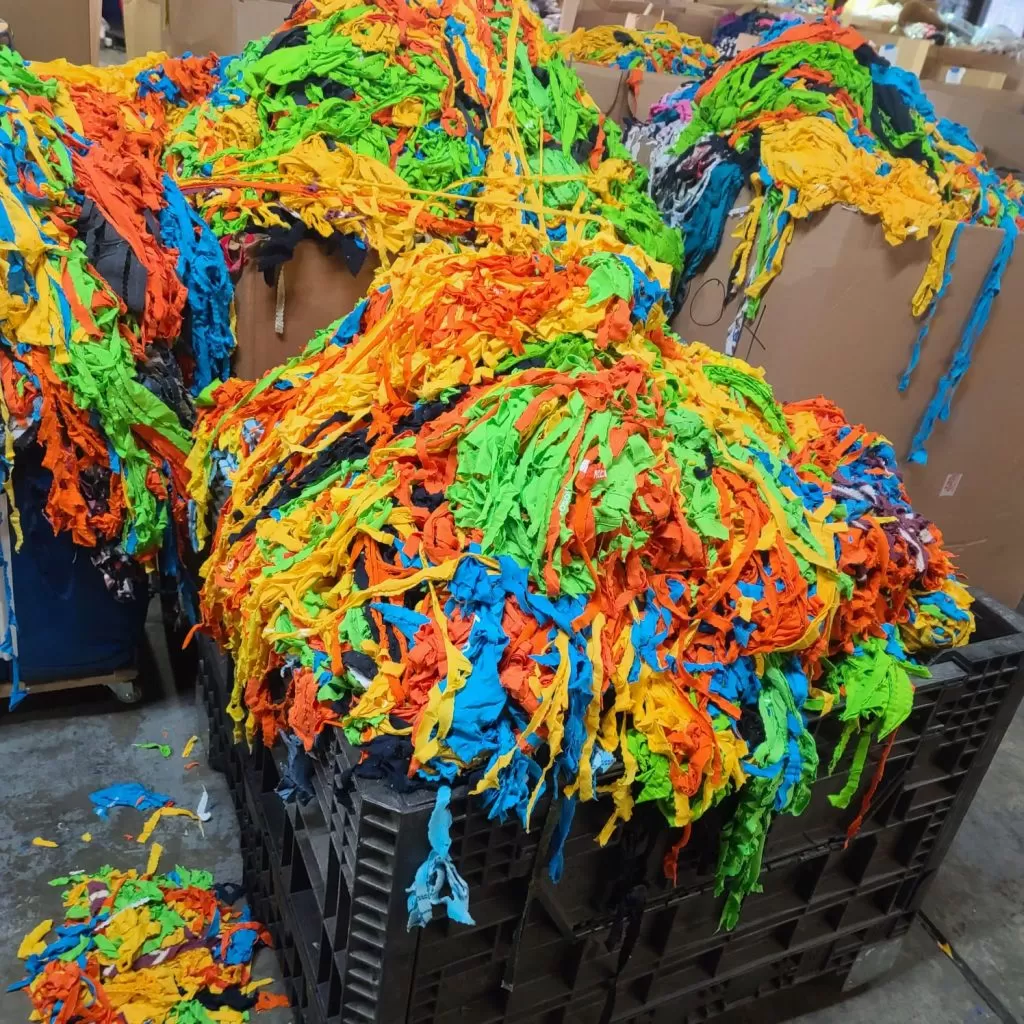Comprehending Fabric Repurposing
Recycling of textiles is the method of reusing worn garments and other fabrics for recovering materials or repurposing. This eco-friendly approach seeks to lessen the environmental footprint of fabric waste and encourages economic and communal advantages by converting thrown-away materials into fresh items.
The Importance of Textile Recycling
The fashion industry is a major polluter, but textile recycling presents a promising way to reduce landfill waste and save resources. According to the Environmental Protection Agency (EPA), the United States alone sends nearly 11.3 million tons of textiles to landfills each year. Recycling these materials can greatly diminish waste, cut down on greenhouse gas emissions, and preserve water and energy that would be spent on creating new materials.
Methods of Textile Recycling
There are several methods used in textile recycling, each tailored to specific materials and desired outcomes:
Mechanical Recycling: This involves shredding fabric into fibers, which can then be spun into new yarn. While effective for materials like cotton, this process can weaken the fibers, limiting their use in new products.
Chemical Recycling: This recycling approach is technologically more sophisticated than mechanical techniques; it decomposes textiles on a molecular scale, enabling them to be transformed back into premium fibers. This method is capable of handling intricate mixtures and synthetic materials like polyester.
Thermal Recycling: This method, referred to as “energy recovery,” includes incinerating textiles to produce power. Although it aids in waste reduction, it is the least favored approach because of its effect on the environment, as it continues to result in CO2 emissions.
Challenges in Textile Recycling
Although it has advantages, recycling textiles encounters various difficulties:
Combined Textiles: Several clothing items are crafted from mixed fabrics, which makes their separation and recycling challenging. This requires improvements in sorting methods and more research into innovative recycling strategies.
Economic Viability: The cost of collecting, sorting, and processing recycled textiles can often exceed the value of the end product, making it less attractive for businesses without sufficient incentives or subsidies.
Involvement of Consumers: Public knowledge and engagement in textile recycling initiatives are still minimal. Essential education and accessible recycling choices are vital for boosting engagement levels.
Research Examples: Effective Fabric Reuse Projects
Several global initiatives demonstrate the potential of textile recycling:
H&M’s Garment Collecting Program: Launched in 2013, this program encourages customers to bring unwanted clothing to H&M stores worldwide. The collected items are sorted into those suitable for reuse, upcycling, or recycling, exemplifying a successful circular economy model.
Patagonia’s Worn Wear Program: This initiative extends the life of their outdoor clothing by repairing and reselling used items. It not only reduces waste but also fosters a culture of sustainability among consumers.
The Future of Textile Recycling
As awareness grows and technology advances, textile recycling is poised to play a critical role in achieving sustainability goals. Companies are increasingly investing in innovative recycling processes and materials, such as bioengineered fibers, which offer a promising future. Collaboration between governments, businesses, and consumers will be pivotal in transforming the textile industry into a more sustainable and circular one. By revisiting how we produce, consume, and dispose of textiles, we can significantly mitigate the negative impacts on our planet while ensuring economic growth and social well-being.





